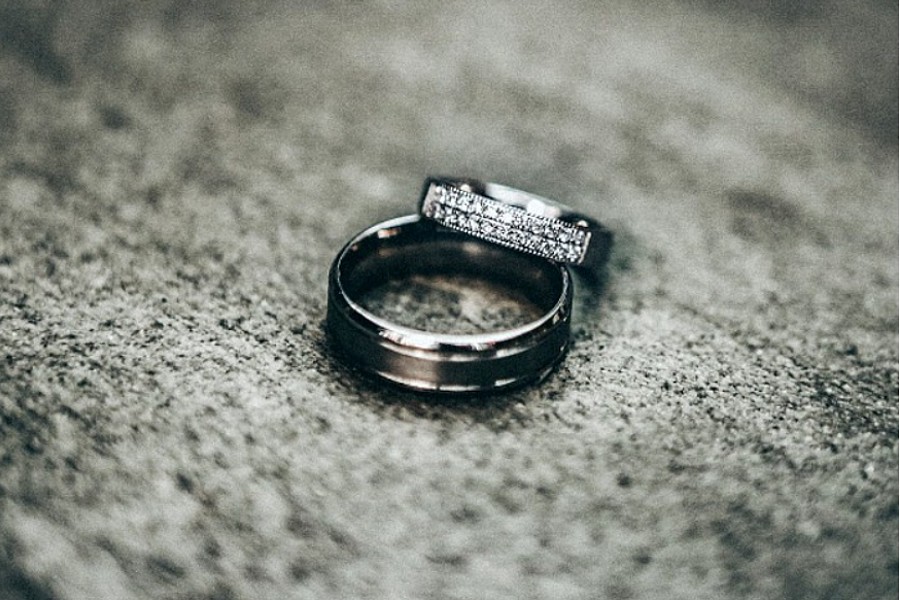
There was a time when the New Your Fashion Week was the hottest place to be in town. Fashion enthusiasts would perch themselves at Bryant Park and, later, Lincoln Center well in advance decked in all of their glitz and glam, only in the hope to catch a tiny, quick peep of their favorite models, celebrities, fashion editors, and style icons. At the top of that list was obviously Anna Wintour! Not to mention, naked PETA protesters would leave no stone unturned in making their presence felt by protesting against animal cruelty, and would throw everything between pies and paint on designer fur worn by many fashionistas. And random clubbers in their teens could crash a party at the Beatrice Inn or Don Hill’s without even getting noticed.
Well, times have changed, and so has the business of fashion, and even more so the way fashion weeks and parties are held. The attendees of fashion week post ramp and late night after-parties who until a few years before constituted mostly, artists, models, both professional and aspiring, fashion designers and kids of all shapes and sizes, now consist of publicists and a host of both known and unknown faces from the world of fashion blogging – or at least whatever is left of it! In a way it’s good; you have a lot more people who are up for networking and building both social and professional relationships. On the flip side, you see fewer people who are actually driven by creativity and who actually want to develop a full-fledged career in the industry. It’s like a gross costume party full of people who just want to get noticed and feel like celebrities!
In fact, it’s not just the parties that have become fancy dress competition of flying kisses, backbiting glances and venomous tongues, a lot of designers and fashion editors too feel that the whole ‘thing’ of organizing never-ending fashion weeks has become archaic. Earlier this year at the New Your Fashion Week, Tom Ford cancelled press previews of his fall 2016 collection, which had been scheduled for an advance showcase in February. Instead, he decided to show — and, sell — his collection simultaneously in September, which is a more seasonally appropriate month. At that time Ford stated, “Our customers today want a collection that is immediately available. Fashion shows and the traditional fashion calendar, as we know them, no longer work in the way that they once did.” This makes perfect sense, yet you still see a lot of collections showcased in the traditional six months to one year in advance formula.
Interestingly, soon after Ford’s press release, Burberry released a statement informing journalists that the brand would combine both its men’s and women’s lines in two shows every year, with “seasonless” clothes immediately available for purchase on the internet. This too comes as no surprise given the fact that a lot of brands are embracing the digital era and are trying to cut down operational costs by setting up online boutiques and ditching conventional brick and mortar stores.
Another factor that seems to be contributing to removing the ‘fashion’ from ‘fashion week’ and adding a lot more fatigue instead, is the fact that the number of shows have drastically increased over the years. In 2012, the New Your Fashion Week calendar had approximately 270 shows, which is a lot! Come 2016 and that number has bloated to over 400, which is… A LOT! That just translates to a lot more random names and a lot more clutter as opposed to fashion that is actually creative and inspiring. The future of fashion and fashion weeks is apparent, yet we’re still far from reaching there.
Added to that, the whole bi-annual event thing is just bigger and more overwhelming in nature. In a rant on the overwhelming schedules of fashion weeks, the editor of Fashionista, Lauren Indvik, stated “People just don’t want to go especially when the weather is freezing in February.” She also had to significantly cut down the number of shows she could attend; naturally, how many shows can editors and journalists actually keep up with? They end up prioritizing personal favorites and supporting friends.
And lastly the lack of a centralized venue adds truckloads to the hassle that already prevails. People tend to get aliened as shows become more restricted in terms of their accessibility and corporate in terms of their culture. Outsiders, tourists, and workers on lunch breaks – the people who actually added color to the show are hardly there to be seen. And all you see is a bunch of rich people trying to look like celebrities in an event the looks corporate and feels creatively hollow.
By Henry Kingston
Photo credit: Wikimedia commons Tbilisi Fashion Week N.Rekhviashvili
Disclaimer: The views of the author do not necessarily reflect the views and opinions of Harlem World Magazine.
Become a Harlem Insider!
By submitting this form, you are consenting to receive marketing emails from: . You can revoke your consent to receive emails at any time by using the SafeUnsubscribe® link, found at the bottom of every email. Emails are serviced by Constant Contact








